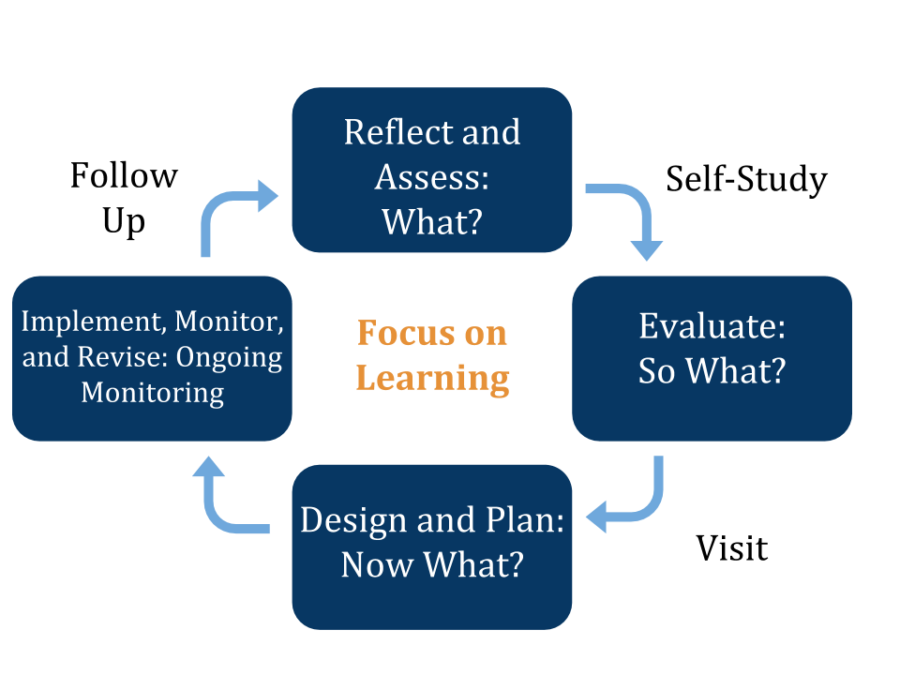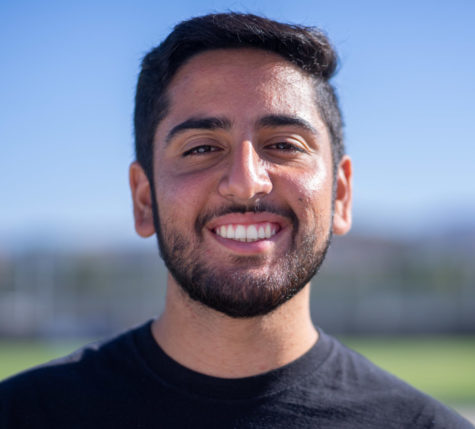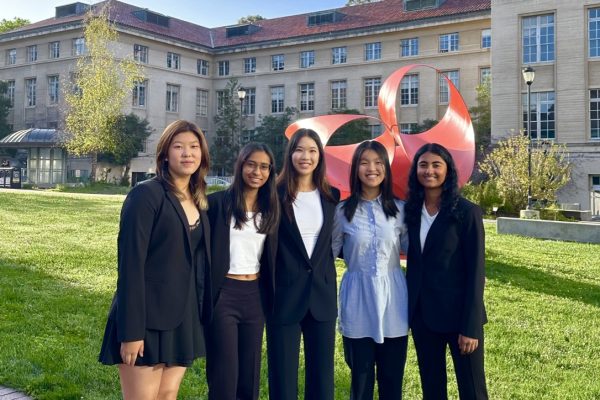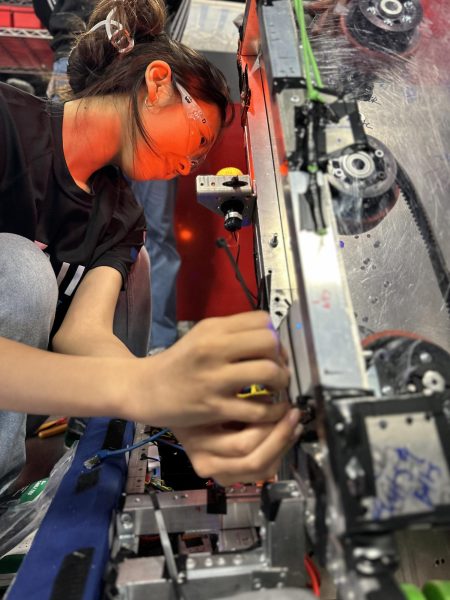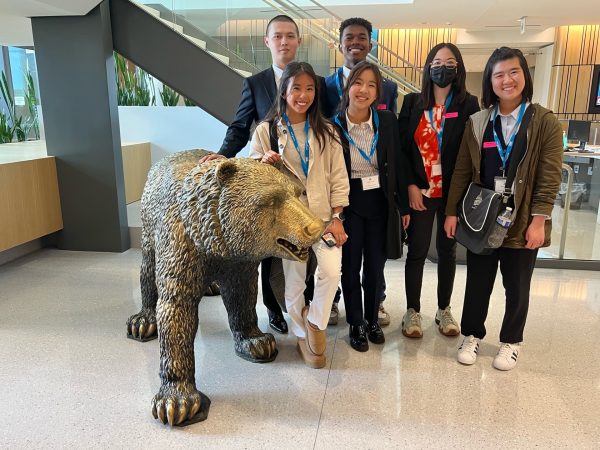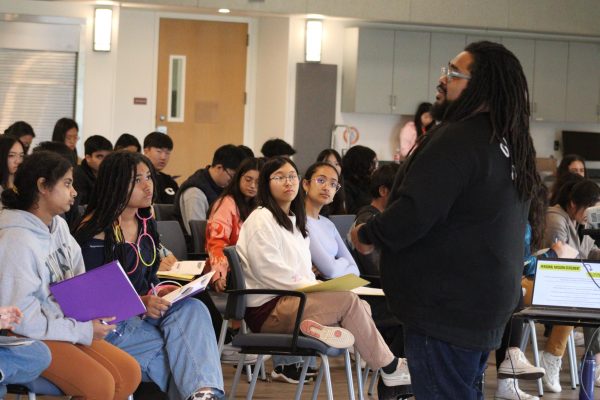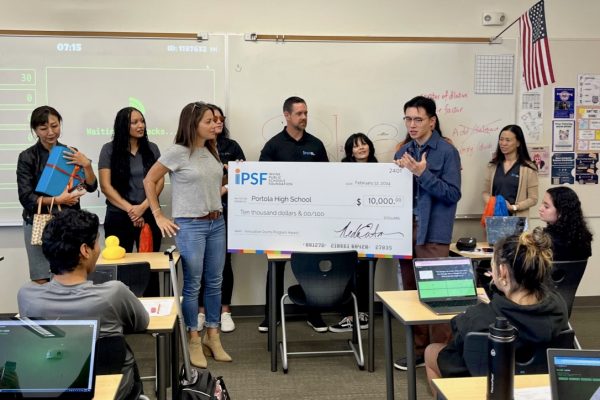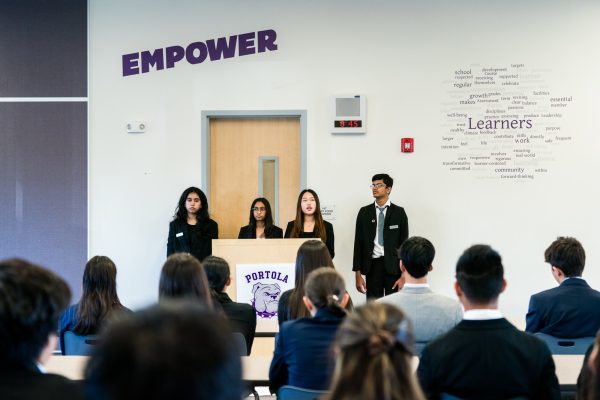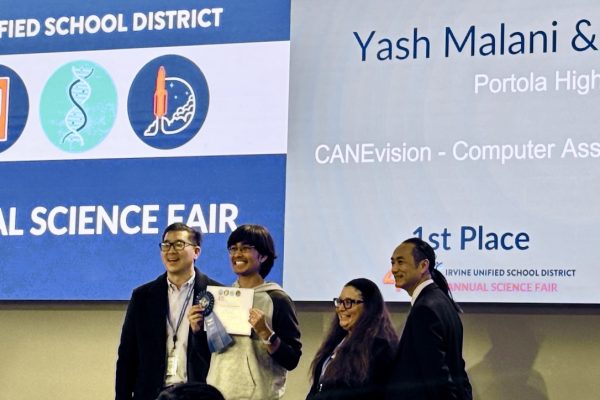WASC Process Begins This Year at Portola
The WASC process is a six-year cycle during which students and staff members evaluate their school development and set goals.
October 16, 2018
This year at Portola, our school will begin its process to become an accredited school through the Western Association of Schools and Colleges (WASC). WASC is a statewide body tasked with accrediting public schools and setting educational standards. It ensures that schools continue to improve and provide the best learning experiences for their students.This process allows schools to validate students’ transcripts for future college applications, a vital element of applying to colleges.
“It’s (WASC) a self study and helps us with determining some of our strengths, some of our weaknesses and where we can make the student experience better,” world history teacher Heidi Martasian said.
Without WASC, some schools may lack the structure and educational standards necessary to maintain a positive learning environment. Some areas in which WASC helps guide schools include staff training and selection as well as offering and developing appropriate courses for students.
As a new school, Portola can benefit from the implementation of WASC policies and its evaluations as WASC insures that school classes and teachers meet the minimum standards set by the WASC and clearly demonstrate continual self-improvement for the future. The WASC is led by literary and language arts department chair Jeanne Jelnick, who previously led the WASC program at University High.
According to the WASC website, WASC representatives make an initial “assessment of the student program and its impact on student learning with respect to the ACS WASC criteria [and develop] a schoolwide action plan that addresses identified areas for improvement.”
“We are not inviting a team of individuals from WASC to come and watch us and tell us where we need to improve and we’re doing all right,” Jelnick said. “They are coming to see: do we have in place practices and policies that make ongoing review of our performance by ourselves effectively… If they show up and we have not identified the areas in which we need to improve and make some changes, that’s not okay.”
The WASC accreditation process is a continual 6-year cycle of self study and professional evaluation. According to the WASC Learning Accreditation Manual, a school’s WASC team annually updates its school profile, progress report, and action plan. Schools complete a midterm evaluation and self-study visit in the third and sixth years of the cycle respectively.
“We produce a report; the last one I wrote was 250 pages. The product of the year and a half is a written self-study report,” Jelnick said. “It has nine chapters. That nine-chapter written report is sent to the visiting team about two months in advance of their visit. They spend a lot of time looking at it and flagging things that they are concerned about.”
Although each school has a dedicated WASC leadership team, it is vital that all members of the school are involved in the process. Without the consideration of different school demographics, a school’s self-study and evaluation will lack important input and a community based perspective.
“The entire year-and-a-half process is about involving every stakeholder, parent, student, teacher, classified, custodial in a conversation about what’s going well and where we need to work,” Jelnick said. “The whole thing is about asking questions, asking the right questions, and being unafraid to gather evidence together and look at it and see if we are struggling.”



